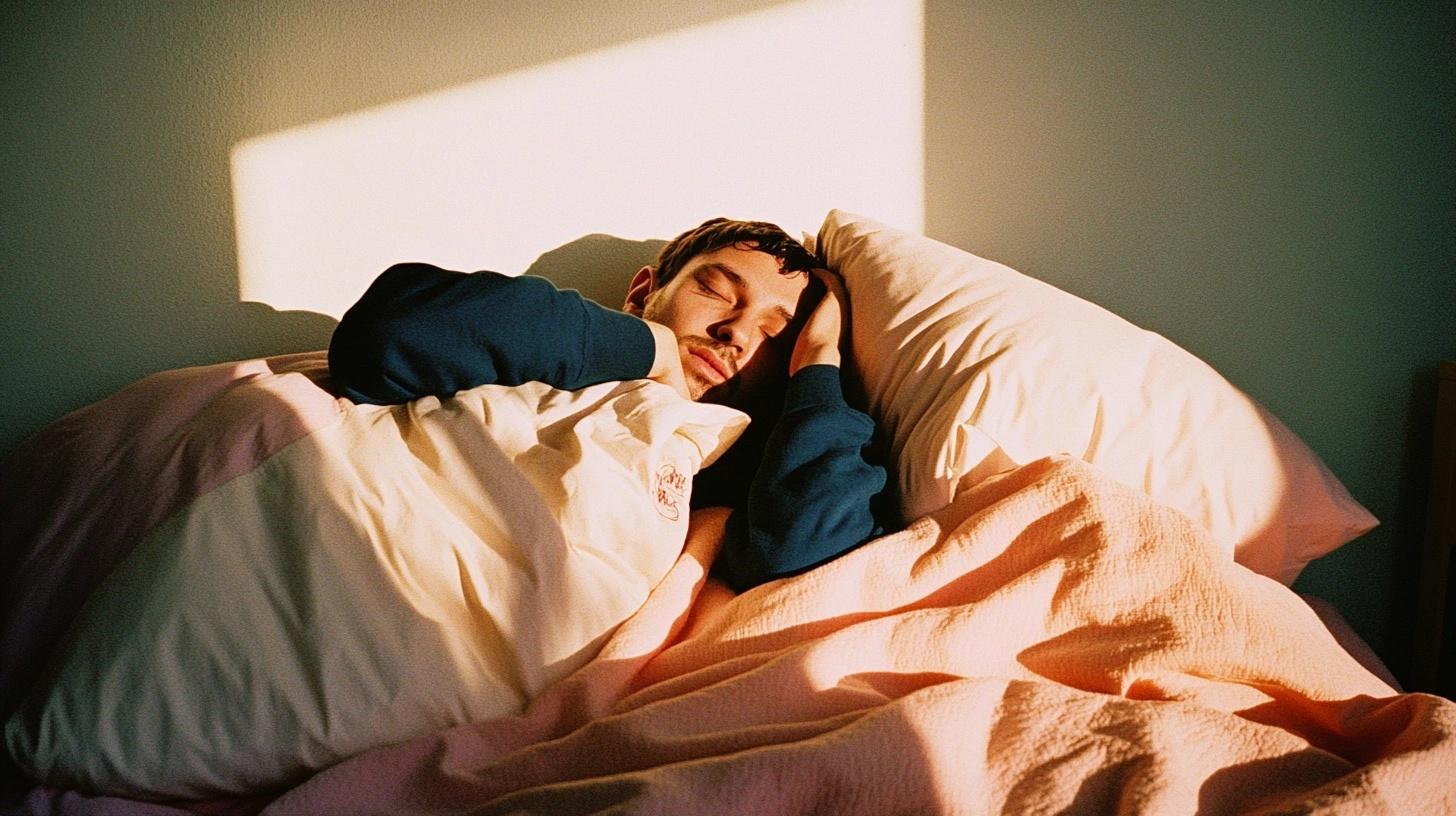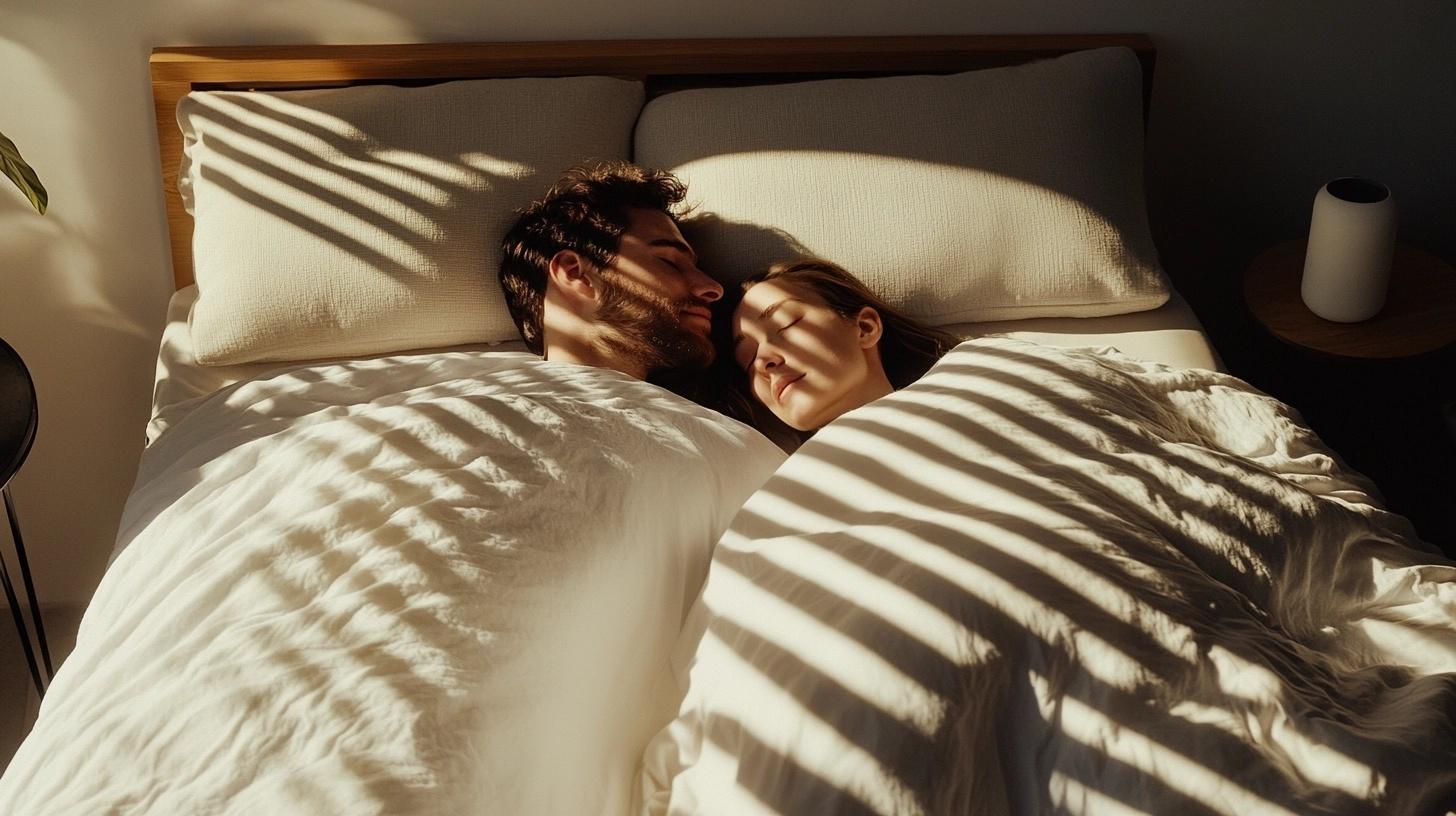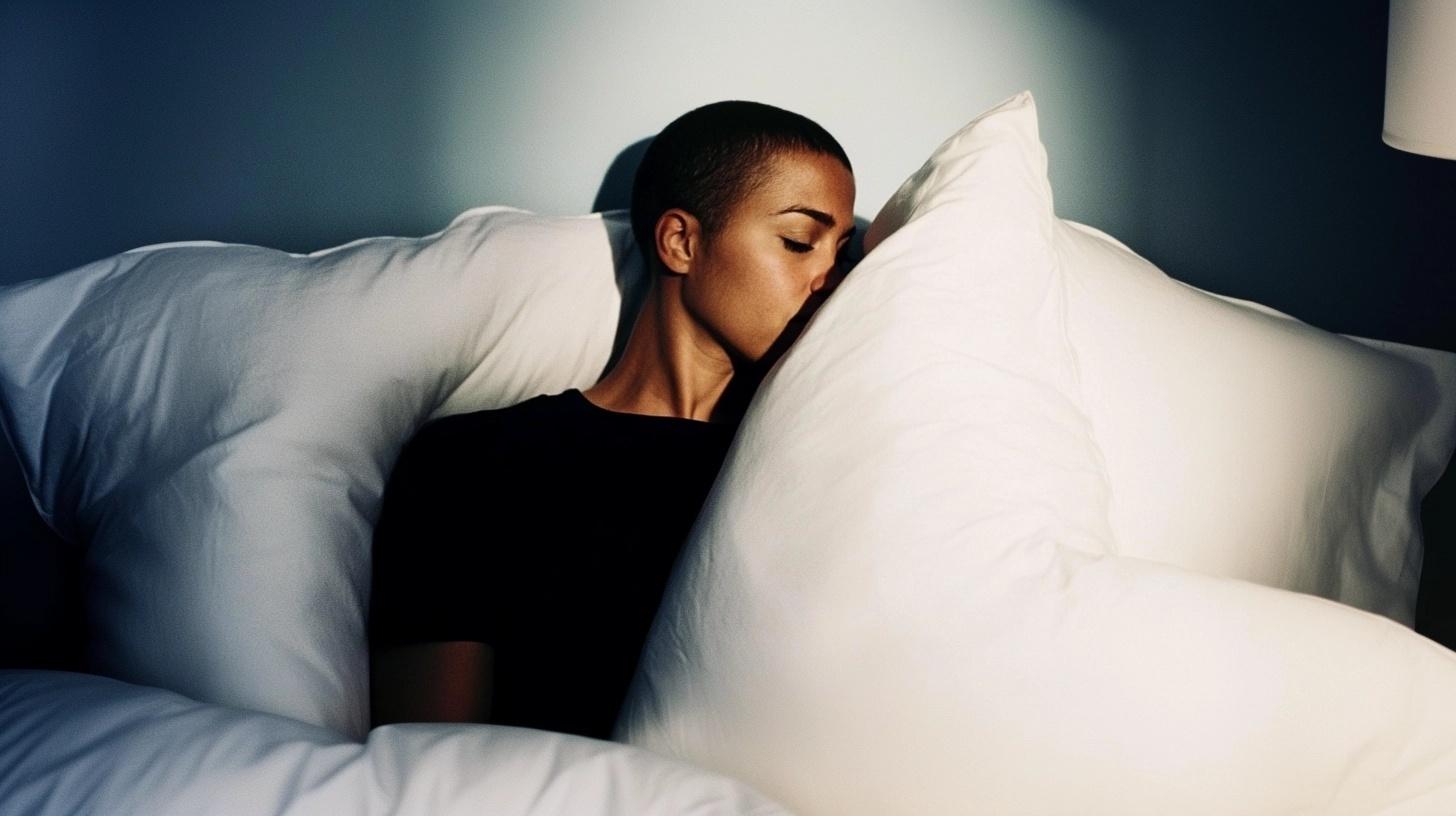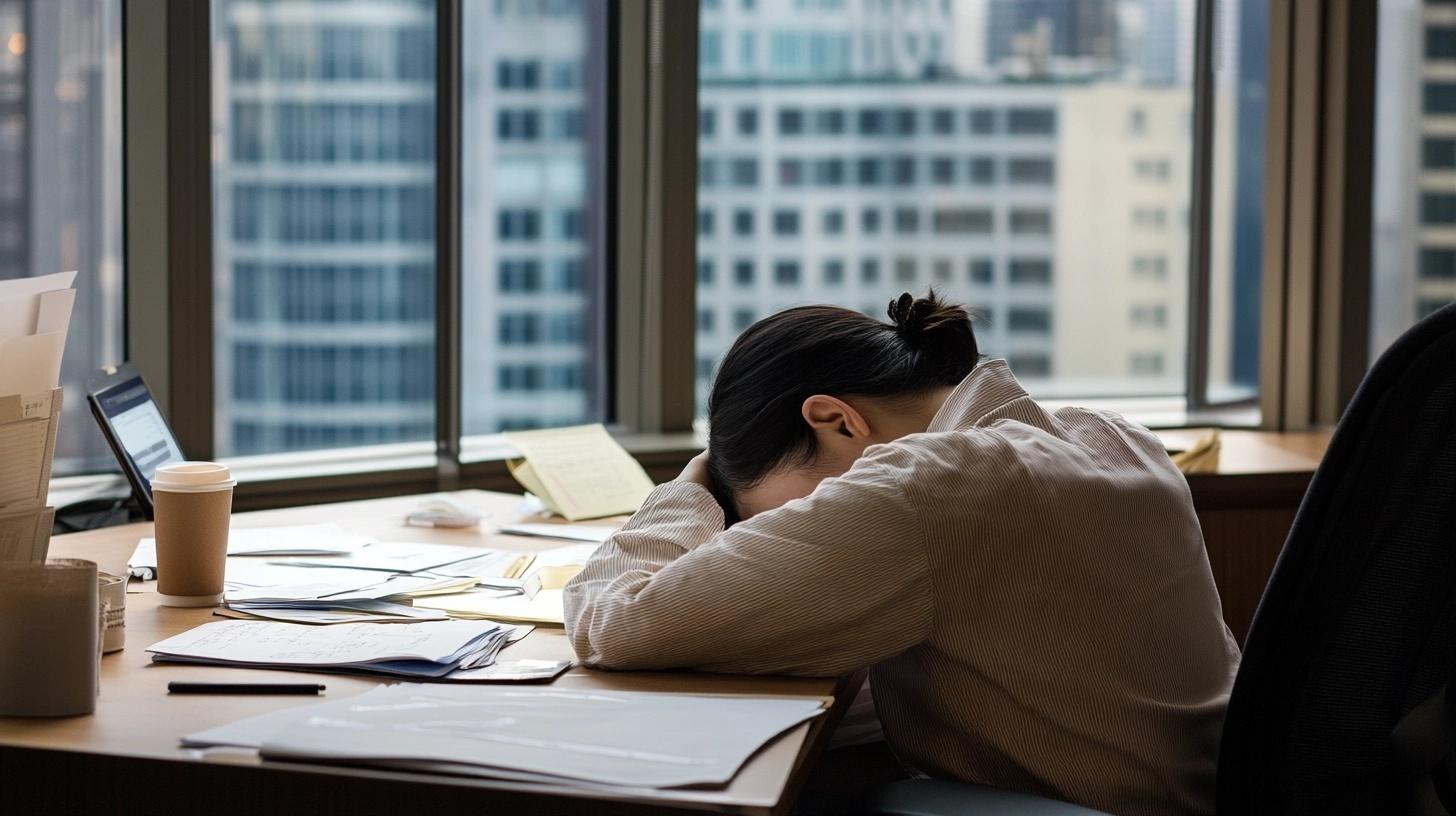8 home remedies for Restless Legs Syndrome
Published

Imagine needing rest desperately, but when you lie down you are hit with an uncontrollable urge to move your legs. You can’t get comfortable; you can’t fall asleep. These sensations can be disruptive, annoying, and sometimes painful. This is the reality for people who suffer from Restless Legs Syndrome (RLS). Let’s explore, then, what they can do about it to feel the relief they need.
Jump directly to: How to fall asleep with restless legs: 10 home remedies that work
If you want to know more about Restless Legs Syndrome (causes, symptoms, RLS in children and during pregnancy) read our “8 key things to know about Restless Legs Syndrome” post.
“I can’t fall asleep… because I can’t stop moving my legs”
Sounds familiar? Those who suffer from RLS regularly report sleep problems. Since symptoms can worsen in the evening and are triggered by inactivity, RLS patients can find it incredibly difficult to fall asleep – and stay asleep – which causes fatigue and sleep deprivation. RLS sensations have been described as itching, pulling, crawling, creeping, throbbing, aching or burning. These sensations often appear in the shin, between the knee and the ankle. For some, it can be minorly uncomfortable, with a slight prickling inside the legs. For others, it can be truly painful.
Who suffers from Restless Legs Syndrome?
Approximately 7-10% of the U.S. population suffers from Restless Legs Syndrome, and it appears more frequently in women than men. The sensations emerge when someone is sitting or inactive for long periods of time, most often in the late afternoon and evenings. The agitation can become more severe at night, disrupting or preventing sleep. For many, relief only comes when they move their legs or go for a walk, but symptoms may return when they stop moving. Symptoms tend to worsen with age, though people of all ages have reported RLS sensations.
How to fall asleep with restless legs: 8 home remedies that work
Bad news: there is no cure for Restless Legs Syndrome. It is a chronic condition that some people experience their whole lives, though some go into remission and don’t experience symptoms for years at a time.
The good news: there are a number of natural ways you can manage and relieve mild or moderate RLS symptoms. As many sufferers might know, you can get some relief by treating yourself to a “spa-type” treatment at home or considering changes in your lifestyle. This includes:
- Hot baths, massaging and rubbing your legs: soaking in warm water and gently massaging the legs can relax the muscles. A 2007 study found that the improvement in circulation and the release of dopamine caused by massaging the legs may alleviate the symptoms.
- Pneumatic compression devices: Pneumatic compression devices squeeze the legs to increase blood flow. Initial research shows promising results, with many in the study group reporting improved quality of life.
- Applying hot or cold packs: the use of hot or cold packs on your legs or alternating both may lessen the restless feeling.
- Good sleep hygiene: healthy sleep habits can help you fight fatigue and sleep deprivation caused by RLS. Keeping a sleep schedule, an optimal sleep environment and avoiding distractions or strong emotions before bed is essential to ensure a good night’s sleep.
- Daily meditation: stress often triggers the symptoms of RLS, so relaxation techniques such as meditation can help reduce stress and, consequently, alleviate symptoms. Many sufferers say that activities that distract you or take your mind off symptoms, such as needlework, can also be helpful.
- Exercise your legs: Studies show that even moderate exercise can lessen the severity of symptoms for people with RLS. Aim for at least 30 minutes of exercise per day (not too close to bedtime), avoid activities that hurt your joints, and stretch after every session. Some of the best low-impact activities for this condition are yoga and pilates, cycling, and swimming.
- Avoid caffeine & alcohol: people with RLS who don’t know what’s stopping them from sleeping often try to self-medicate with alcohol. But this has been shown to make the symptoms of RLS worse. Cutting back on alcohol and abstaining from caffeine have both been shown to help reduce the severity of RLS symptoms.
- Control the foods you eat: some foods may also trigger the symptoms, such as sugary sodas, fried and ultra processed foods, and high-calorie foods with no nutritional value. Although there’s not a specific diet for people with this condition, make sure you eat a healthy and well-balanced diet – mainly consisting of dark leafy greens, legumes, lean meat and fresh fruits.
- Check your medication: some drugs like antihistamines or antiemetics (to treat nausea) can trigger RLS symptoms. If that could be your case, consult with your healthcare provider about this matter and possible alternatives.
Vitamins and mineral supplements will also help symptoms… if there’s an underlying deficiency
If an underlying vitamin or mineral deficiency appears to be a contributing factor to RLS, the use of supplements such as iron, vitamin B12, vitamin C or magnesium may help reduce symptoms. However, always check with your healthcare provider before the use of any of these supplements as moderate amounts can impair your body’s ability to use other minerals or even cause toxicity.
Which natural RLS remedy is right for me? Try them all
Identifying the best home remedy to treat your restless legs is a trial-and-error exercise. It’s advisable to try them one at a time, keep a sleep diary to track the effects, and then evaluate which remedies reduce your RLS symptoms or triggers and help you get the restful sleep you need.
That way, you will start feeling energized and refreshed during the day again. And remember that it may take some time to find the best combination of strategies that work for you, so be patient and persistent – you will eventually move towards a better night’s sleep.






